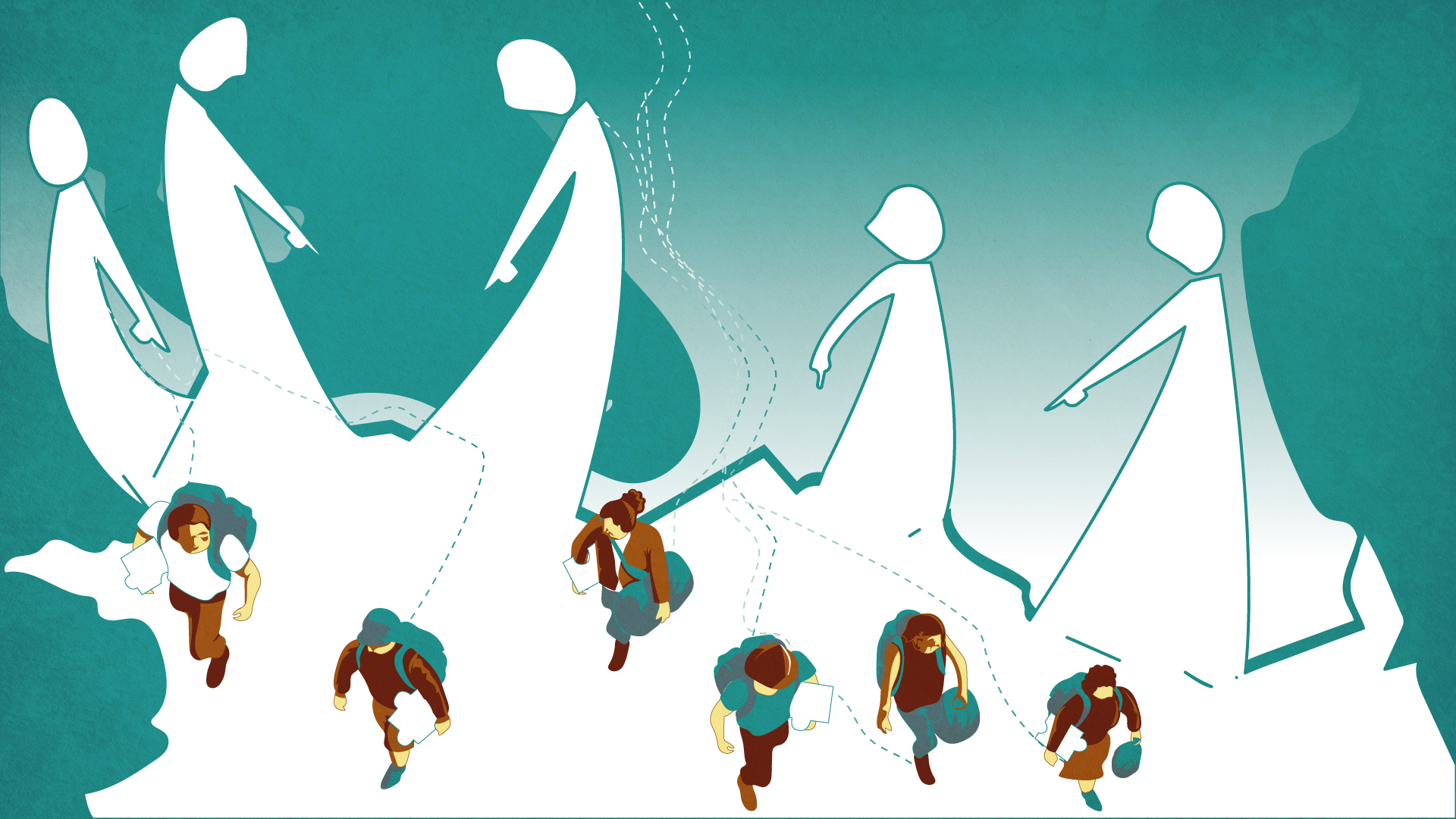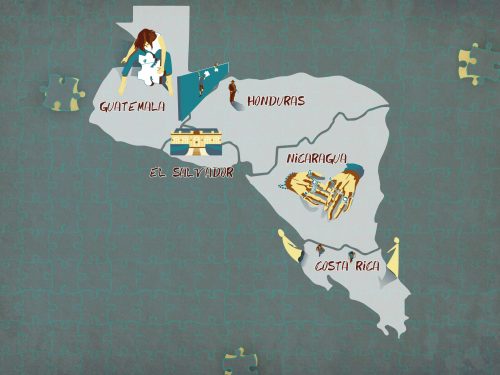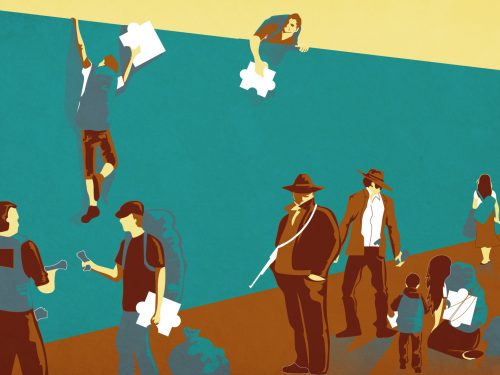
The first months of the pandemic exacerbated hate speech on social networks in Costa Rica. As part of The new paths of Central American migration special series, The Voice of Guanacaste coordinated a social listening exercise with the international research firm COES. Our intention was to better understand what such xenophobic comments look like, what people disseminate them and what we can do to prevent our news posts from becoming hotbeds of xenophobia.
The study found more than 19,000 posts on Twitter and Facebook that mention Nicaraguans. Most of them (45%) are negative comments, although there is a high percentage of positive ones (37%), especially on Twitter. Those negative sentiments are seen in posts that are clearly xenophobic and hateful. The positive ones show up in posts that defend the honest work of Nicaraguans, who take on agricultural and domestic tasks that no one else wants to do.
The result is a data-rich analysis that can be used as a reference by the media and others who disseminate news on topics such as migration, refugees, borders, crimes committed by foreigners, etc. It can also be used by content creators on their social networks.
Here are some of the most interesting findings:
1. The media as triggers of hate speech: Media posts on social networks that show Nicaraguans as potential influencers of something bad set off a chain of violent comments against the migrant population. Some of the examples include points of views that associated them with more infections, violence or crimes.
“The news itself and the language used in it promotes discrimination and xenophobia in the country because it tends to generalize. Usually all of the news in which Nicaraguans are mentioned does so for something negative,” says the COES report.
In July, Diario Extra published one of the news items that caused the most conversation with the headline “Salas y Raquel ordenan recibir nicas” (Salas and Raquel order to receive Nicaraguans.”)
2. Authorities under pressure from a pandemic: One of the events that had the most xenophobic reactions on social networks happened on May 27, 2020, when Health Minister Daniel Salas said at a press conference that the main risk for Costa Rica was the virus’ circulation in Nicaragua.
As with some news, although the authorities’ comments don’t have a discriminatory intention, they can provoke strong xenophobic reactions on social networks.
3. Anonymity as a refuge for hate: The analysis found far more xenophobic comments on Facebook than on Twitter. On Facebook, hate speech is usually hidden in replies to other posts.
“Users feel more comfortable expressing positions and opinions because they don’t tend to go viral because of the social network’s own privacy policies,” the report says.
4. Gender sensitivity as a possible solution: The results show that the majority of people who make negative comments associated with Nicaraguans are men and people over 35 years of age. Women make more positive than negative comments, as do younger people.
Those positive comments are related to issues such as work and discrimination. Many of them defend Nicaraguans because they take on jobs that Costa Ricans don’t accept in the field.
The most negative manifestations are related to the issue of criminality, even when the news doesn’t feature Nicaraguans as the main person(s) involved. The xenophobic feeling is even stronger when a Nicaraguan is the one who committed the offense or crime and his or her nationality is brought up in the news.
5. Justification of xenophobia: “I’m not xenophobic but…”, “I have nothing against Nicaraguans but…” Justifying xenophobic speech with phrases that contradict it is a trend on social networks. The analysis identifies these comments within the xenophobia and hate speech category since they are usually accompanied by discriminatory phrases.







Comments